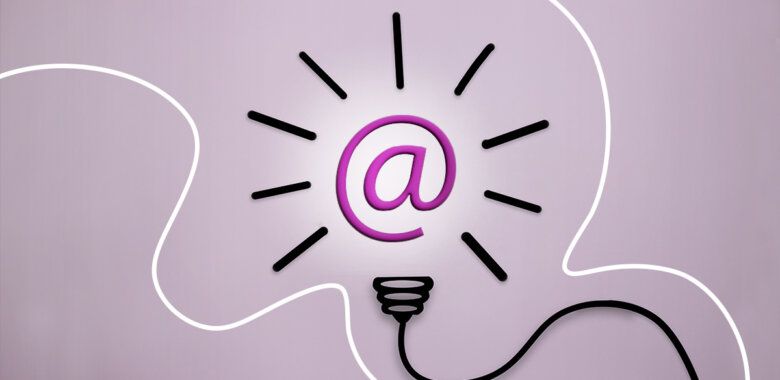How to make your email marketing campaign ideas effective
The first step to getting your emails read is making them stand out. With so many emails coming in every day, getting noticed has never been so important. There are key strategies that can help you get recipients interested and take action. The following are some excellent best practices to keep in mind when planning your campaign:
Determine your goals
What do you want to achieve with your email campaign? Do you want to clean up your list, promote a new product, follow up on abandoned carts, or keep your audience top-of-mind? Knowing what you want to achieve will help you determine the best way to go about crafting your email.
Different email campaigns will produce different results, so you’ll need to use different strategies to get the results you want.
Segment your audience
Remember that you’re not just targeting an audience of people, but rather an individual. Segmenting your contacts lists means breaking them down into smaller groups based on specific interests or preferences so that the content you send will resonate better with those individuals who want/need it most. This will allow you to send targeted messages that are more likely to be opened and clicked on.
Always personalize
When you personalize an email, it means sending content that is relevant and useful to the subscriber. Depending on your audience, you may need to tailor the content more specifically. Basic email personalization involves using a subscriber’s name in the subject line. More advanced tactics can involve changing the content of the email based on a subscriber’s gender, location, or other information you have about them. Personalization is a great way to show that you are actually listening to your audience.
Write a catchy subject line
Your subject line is one of the most important aspects of your campaign mailing. It’s what will convince people to open your email, so it needs to be strong and interesting. Spend time brainstorming different subject lines for the messages you send out. This will help ensure that they’re not boring or too generic.
Try out A/B testing
With A/B testing, you can get an inside look into what makes your audience tick. By sending diverse versions of a message with differing groups, you can figure out which ones lead to more clicks and engagement — meaning less time spent guessing. This takes some initial work upfront but will ultimately result in better campaigns overall. Automation can help streamline this process by managing the distribution of your emails and tracking recipient behavior.
Be mobile-friendly
People like checking their emails on their mobile phones because it is more convenient and time-saving. To maximize the potential of your email campaign, it’s important to have a mobile-friendly design. This means that emails need to be designed in a way that makes them easy to view and engage with on mobile devices. A mobile-friendly email design is one that looks good on smaller screens and is easy to use.
To make your emails more mobile-friendly, keep the following tips in mind:
- Keep your subject line short.
- Include pre-header text.
- Write a copy that is short and to the point.
- Consider how images will look on a mobile device.
- Make sure CTAs are prominent and easy to find.
- Test emails on multiple devices before sending.
Speak your audience’s language
When you are communicating with your customers, pay attention to the tone and voice that you use. If you are too technical in your communications, you may not be as effective as you could be. Likewise, if your audience is techno-savvy, then you should adjust your own language to match theirs. If you are an IT company and need to communicate with high-level executives, then you need to make a strong case and use language that they will understand.
In addition, when you are speaking with customers, avoid using jargon or buzzwords that they may not be familiar with. This can cause your message to get lost and confuse your audience. Instead, focus on using language that they will be able to understand and relate to.
Provide a clear call to action
The clearer your CTA, the more likely people are to act. Your addressees should know exactly how you want them to proceed after reading through the message, whether it’s clicking on a link, signing up for a trial, or making a purchase.





















